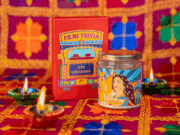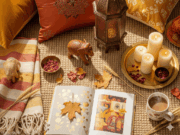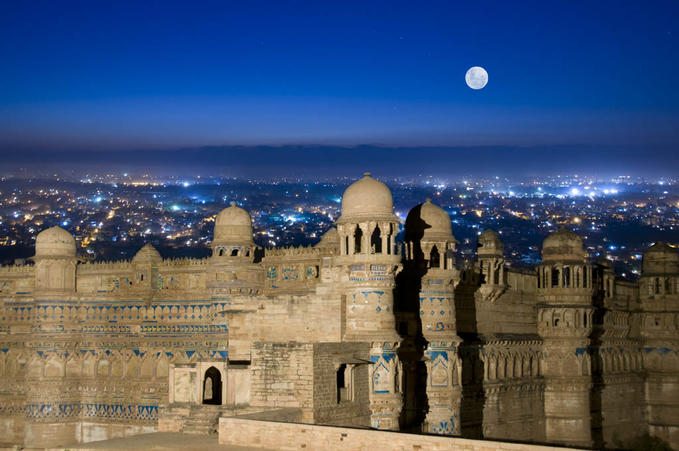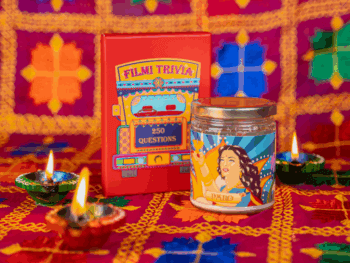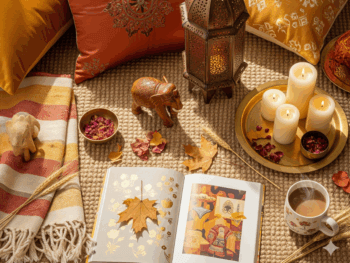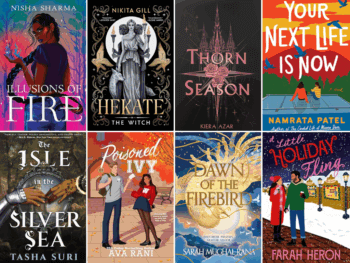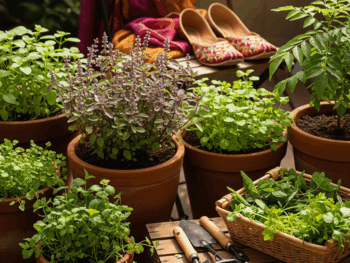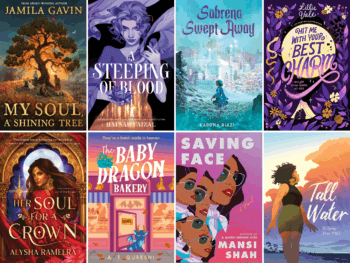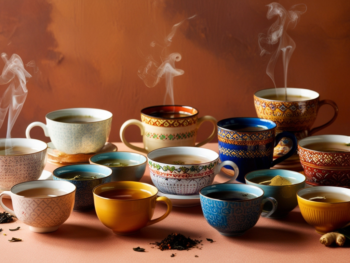Located in Madhya Pradesh, Gwalior is a Historical City and Tourist Destination at the Heart of Central India.
Many tourists visit Agra for India’s crown jewel, the Taj Mahal, but sometimes visitors don't explore other hidden jewels in the central state of Madhya Pradesh. Gwalior has played a key role in ancient and colonial India’s significant historical moments. The city is known not only for its rich culture but also for its monuments like Gwalior Fort, which was inhabited and first built in 525 AD.
According to I Love India, there is a legend that Suraj Sen Kachwaha was on a hunting trip and met a sadhu (hermit) named Gwalipa, who directed him towards a special healing water of the Surajkund reservoir in order to heal his leprosy. After recovering from his debilitating disease, Kachwaha named the city Gwalior after the hermit.
There are two ways to get to Gwalior: by hiring a car or by train. If you hire a car from Delhi, you can stop at Agra to view the Taj Mahal and, on the way, visit Chambal ki Ghaati. Chambal River is a tributary of the Yamuna River, and as you drive or pass by train, you can see natural formations of the mud after the river has dried up. It is also the location where many dacoits in yesteryear used to hide and rob trains and run from the law. You can see the ghati as you cross the cities into Gwalior. I recommend the Shatabdi Express, which leaves from New Delhi Station at 6:00 a.m. and reaches at Gwalior around 9:00 a.m. If you're feeling adventurous and want to hire a driver, it would take you about five hours from Delhi to Gwalior.
Things to Do

Eat Chaat at Bada
There's nothing like street food, especially after you've done a lot of shopping. There are bountiful street markets in Gwalior, where you can buy anything — including inexpensive but gorgeous Indian traditional dresses, sandals and heels, and other accessories. One of the thrills of visiting Gwalior is the inexpensive but abundant shopping in the city. The largest market there is known as Baadhe. After you're done shopping and get hungry, there are many chaat stalls that can satisfy your cravings. The best, though, is a small nook-and-cranny stall located in Topi Bazaar, where the chaat seller will give you endless servings of gol gappas or pani puri and the most delicious aaloo tikki chole (potato patties with chick pea curry chaat), which is to die for!

Visit Gwalior Fort
Gwalior Fort has witnessed many dynasties, starting with the Pal Dynasty, which was followed by the Tomar Dynasty, and it was unsuccessfully attacked by the Turks in 1023 AD. During Mogul rule, Akbar took control of the fort and the fort became a prison for his political enemies, who were often executed here. Finally, in 1779, the Scindia clan of the Maratha Empire took over before the fort was captured by the East India Company and both took turns controlling the fort. The fort is significant in Indian history because Rani Lakshmi Bai, the Queen of Jhansi, died jumping from the fort during the rebellion of 1857. She is known as India’s freedom fighter, and her tomb rests in Phoolbagh.
According to Cultural India, the fort spreads over an area of three kilometres and has three temples, six palaces and numerous water tanks. If historical monuments fascinate you, this is not the one to miss! After all, the location has witnessed India’s ancient and colonial history — it's one of a kind!

Jai Vilas Palace
A trip to Gwalior is incomplete without a visit to Jai Vilas Palace, which is a feat of nineteenth-century architecture that has housed the royal Scindia family since 1874. The descendants of Jayaji Rao Scindia still reside in part of the establishment, while the remainder of the palace serves as a museum. The building consists of Italian and Corinthian styles of architecture and was designed by Sir Michael Filrose to welcome King Edward III. The palace features 400 rooms, of which 40 have been transformed into the Jiwaji Rao Scindia Museum. The museum is filled with a gold train that serves buffet-like opulent meals to palace guests, with old cars and rooms with elaborate furniture that will transport you to the time when Kings and queens reigned in the city!
Feature Image Source: Tii Cii TM
Nidhi Shrivastava
Author
Nidhi Shrivastava (@shnidhi) is a Ph.D. candidate in the English department at Western University and works as an adjunct professor in at Sacred Heart University. She holds double masters in South Asian Studies and Women's Studies. Her research focuses on Hindi film cinema, censorship, the figure o...











